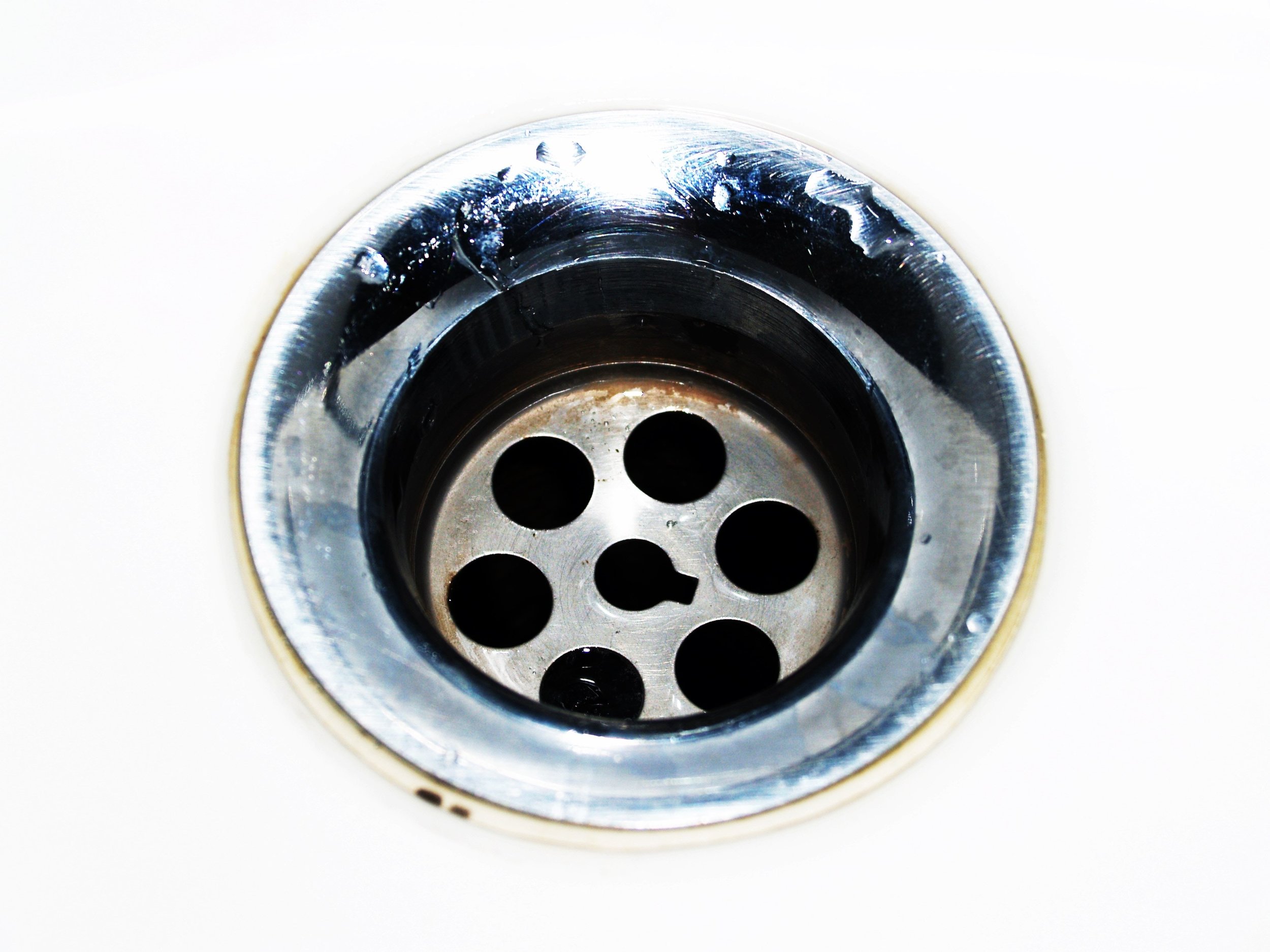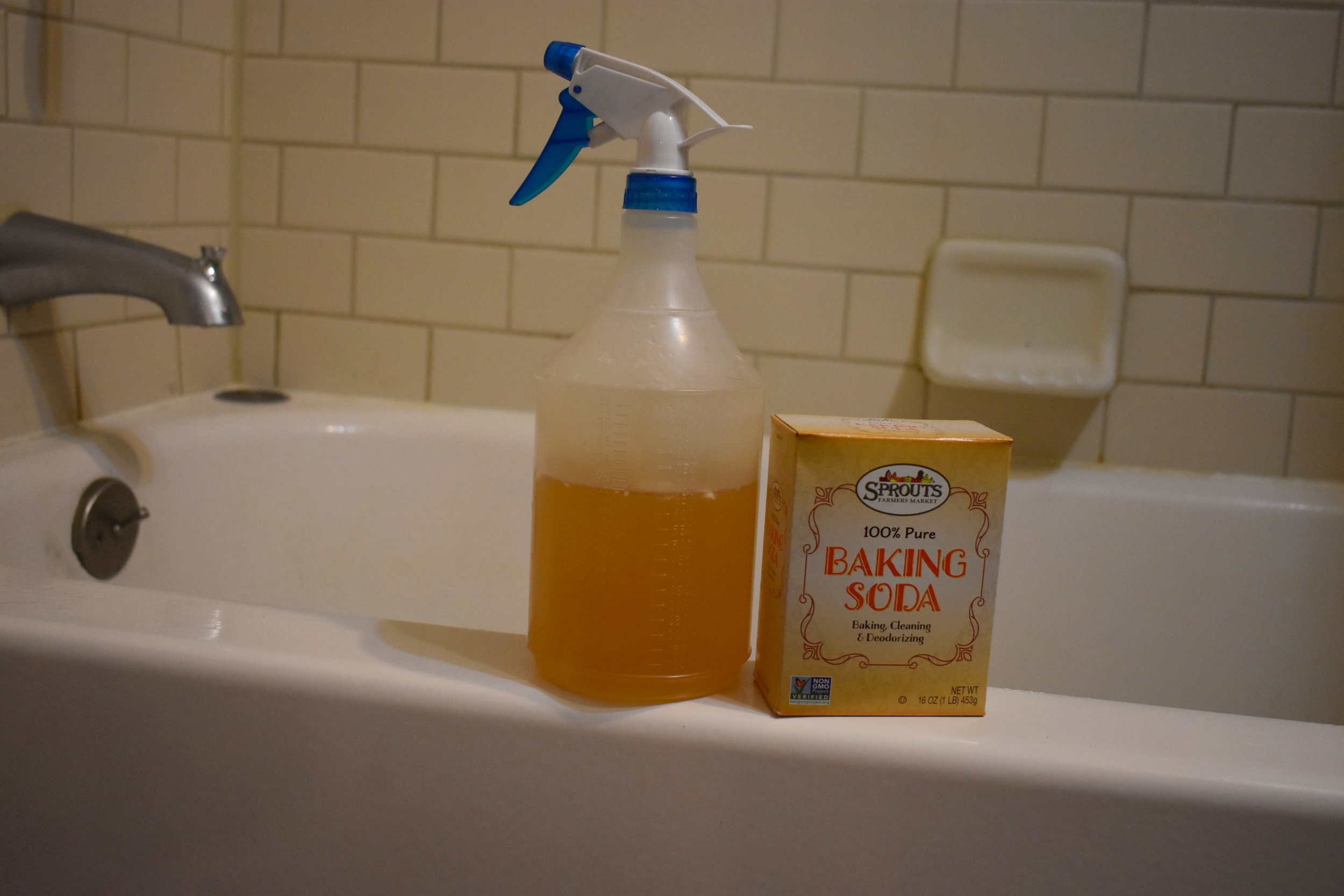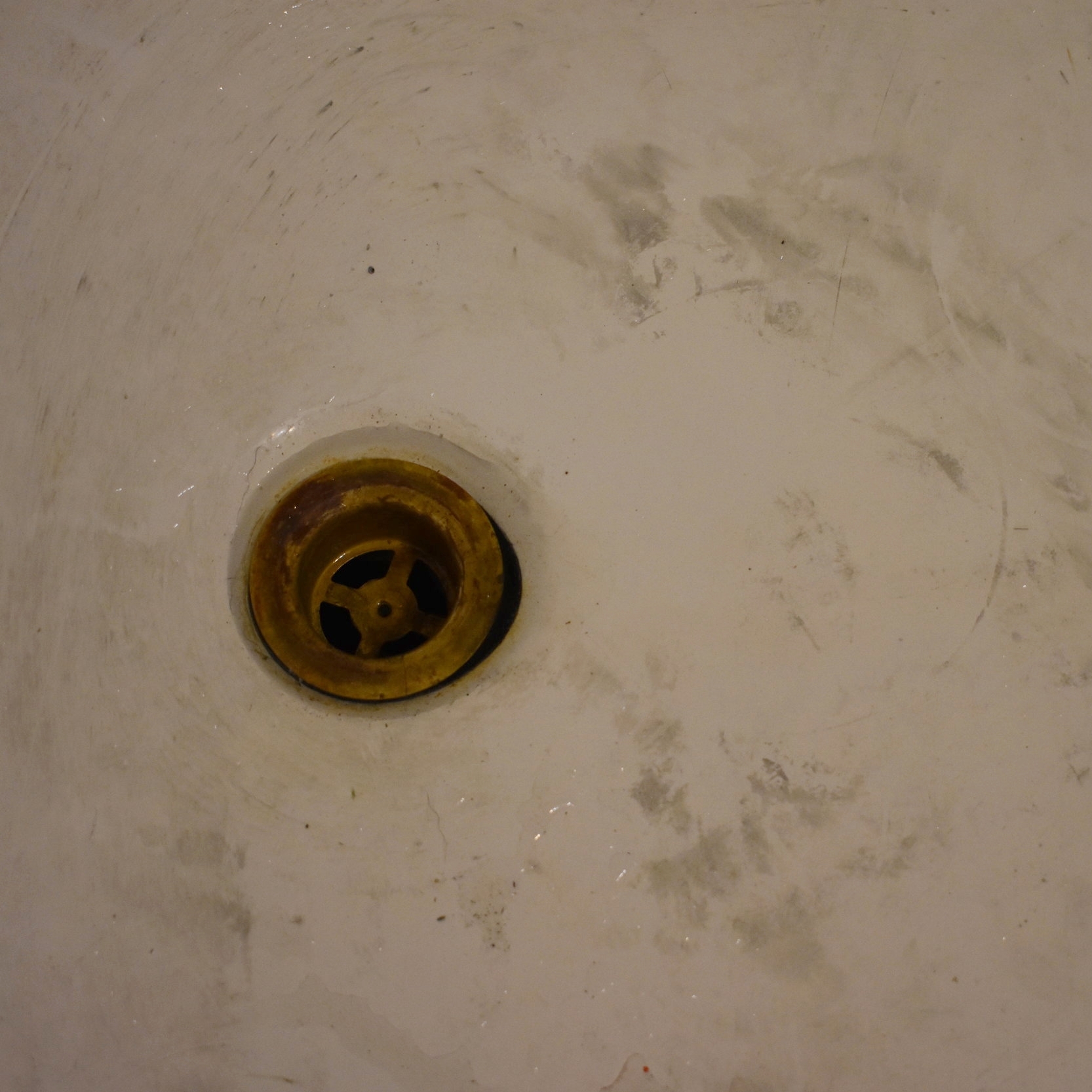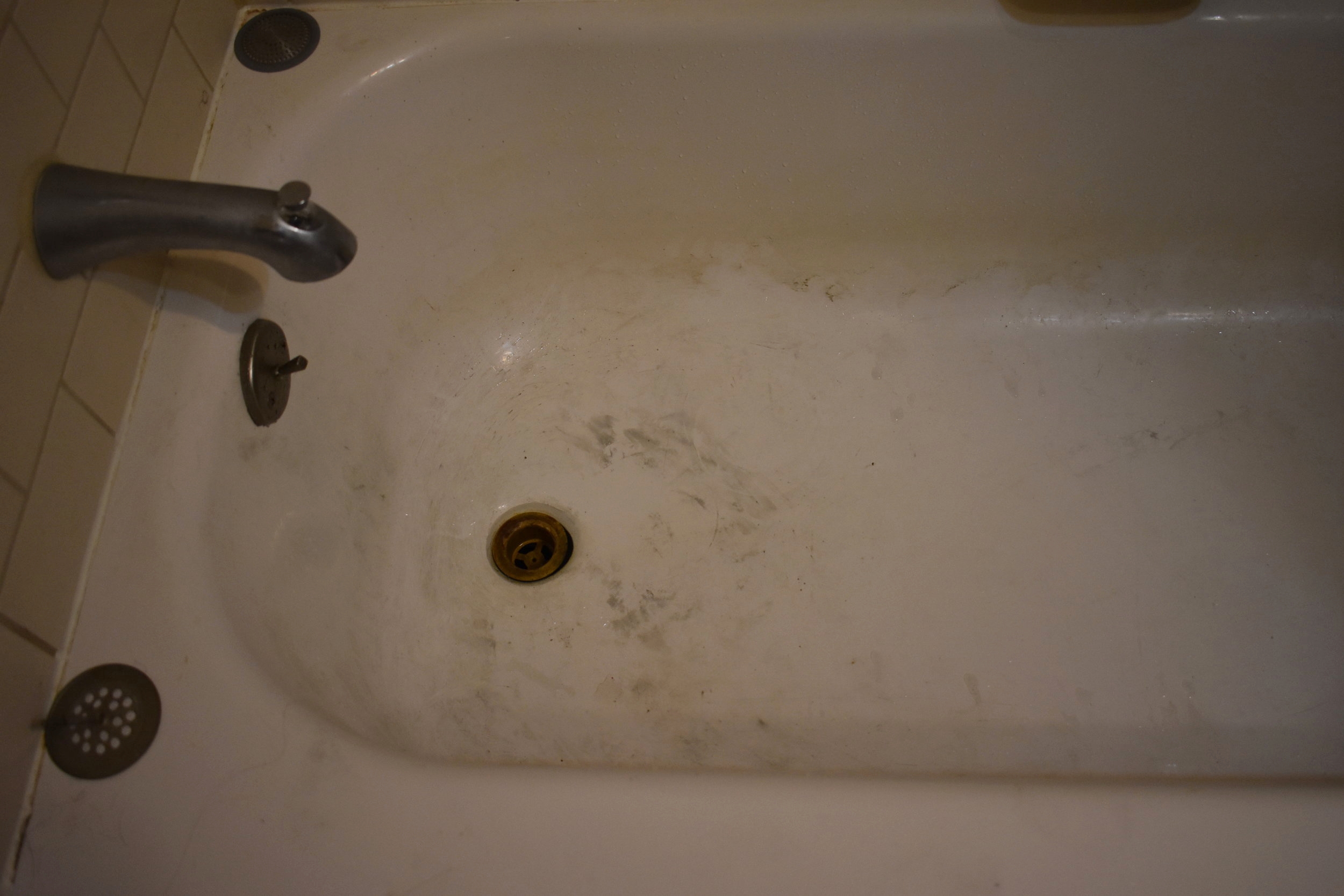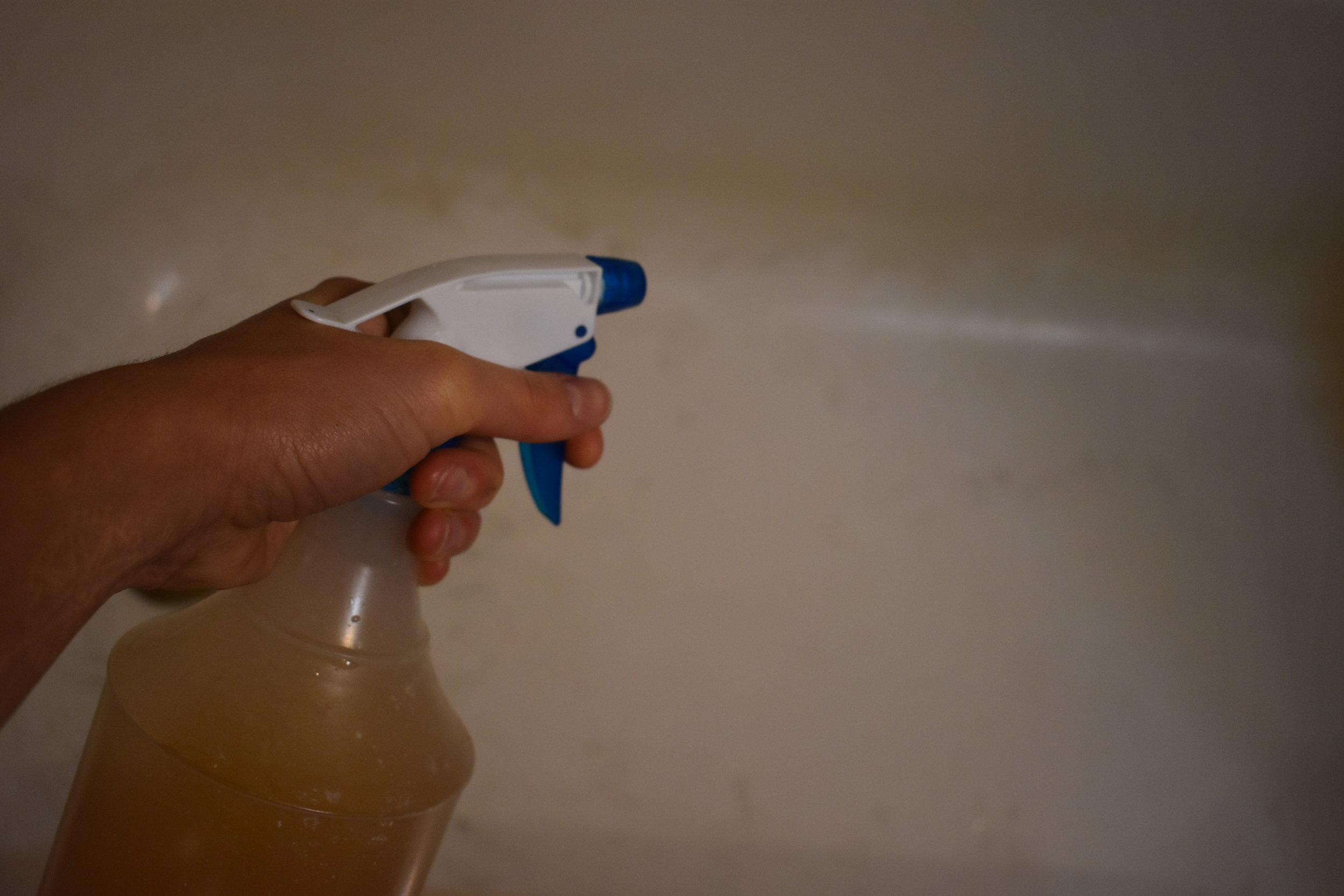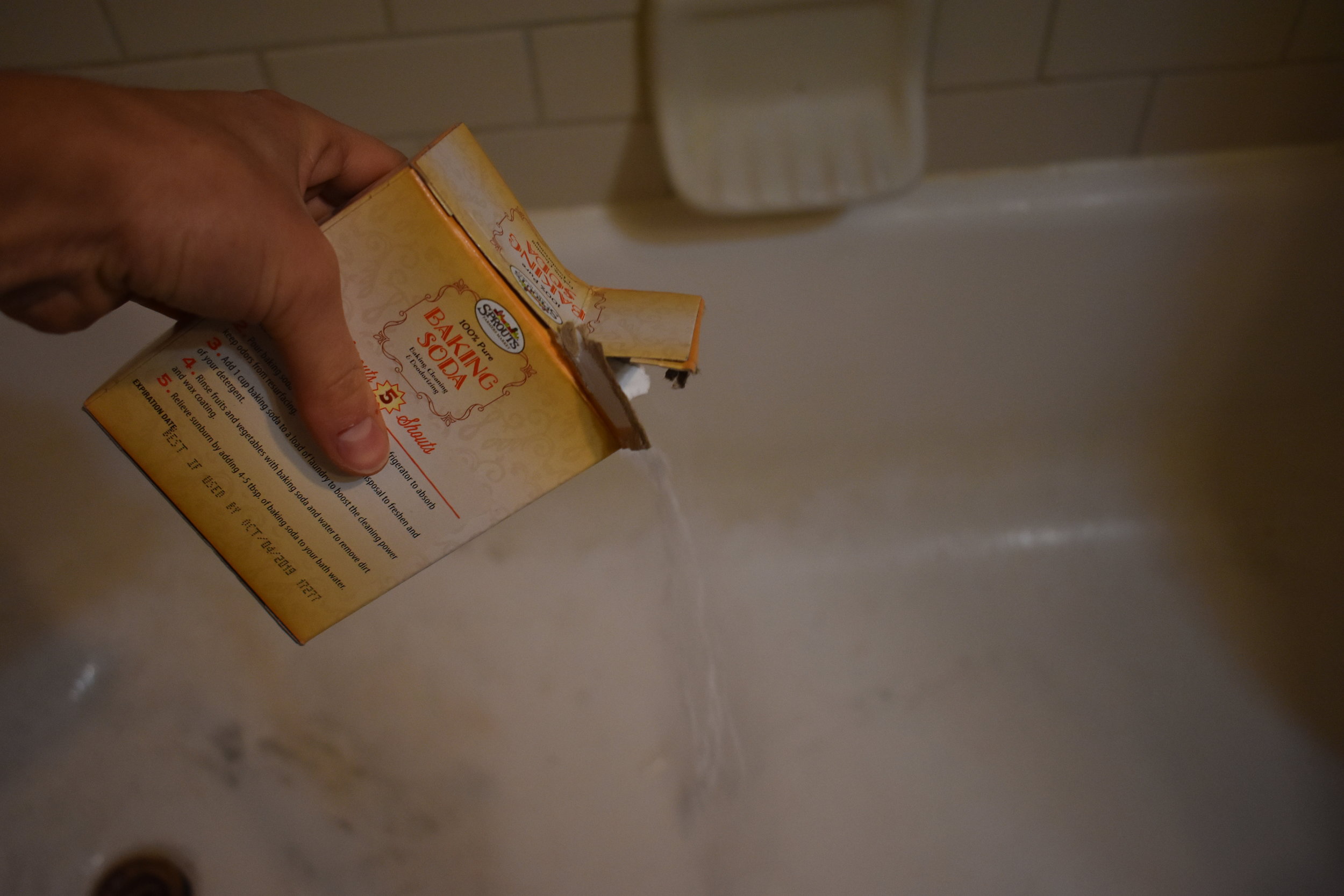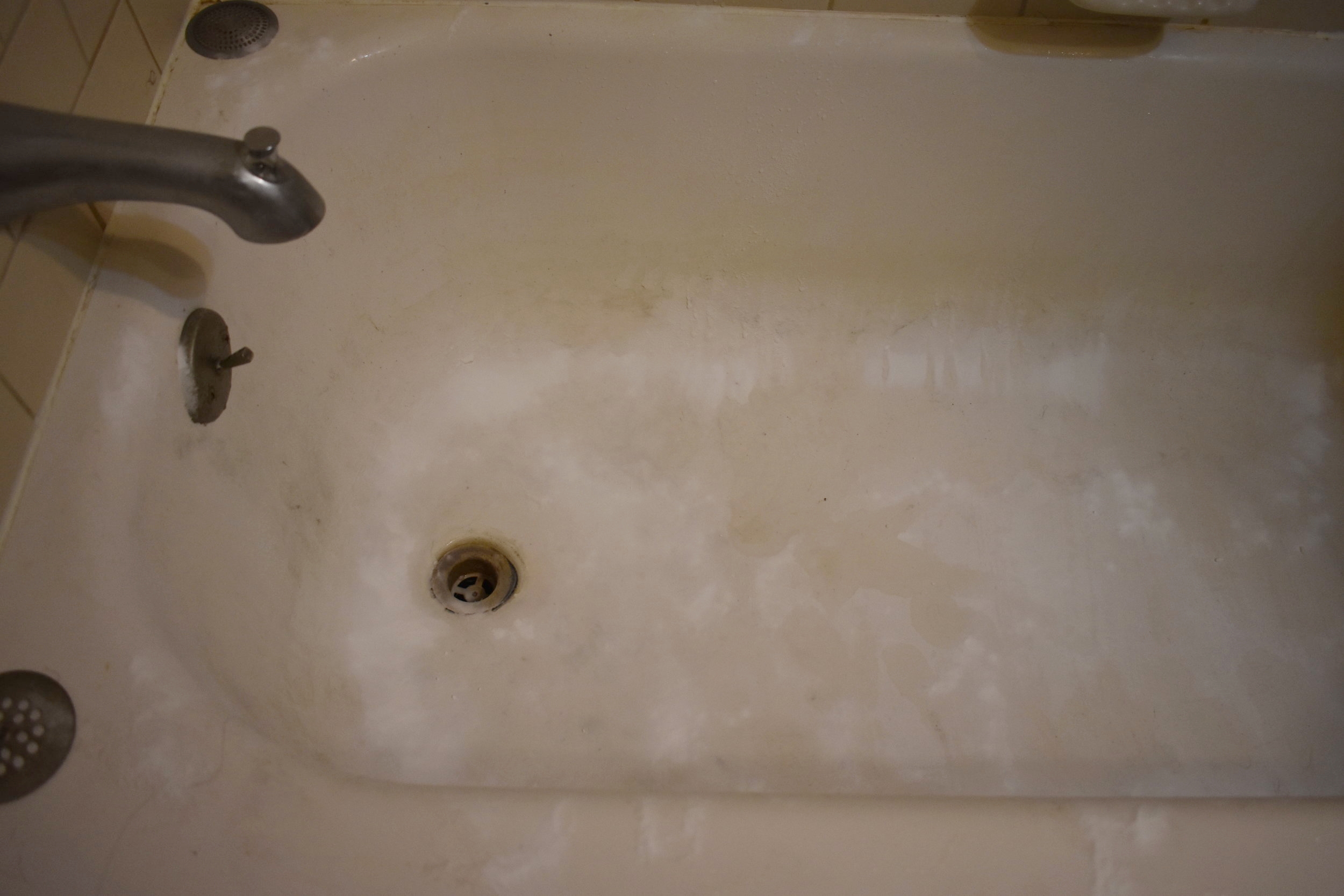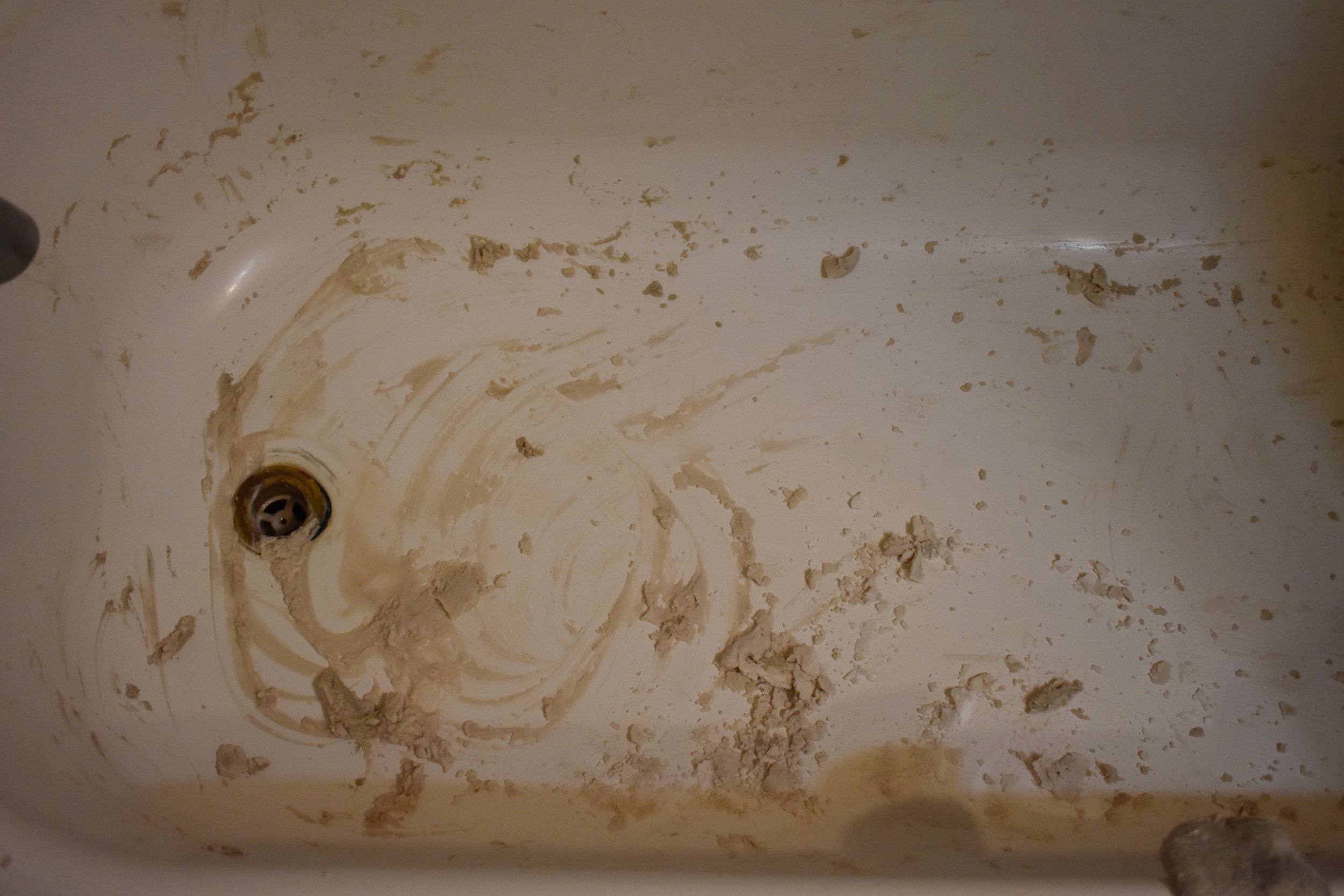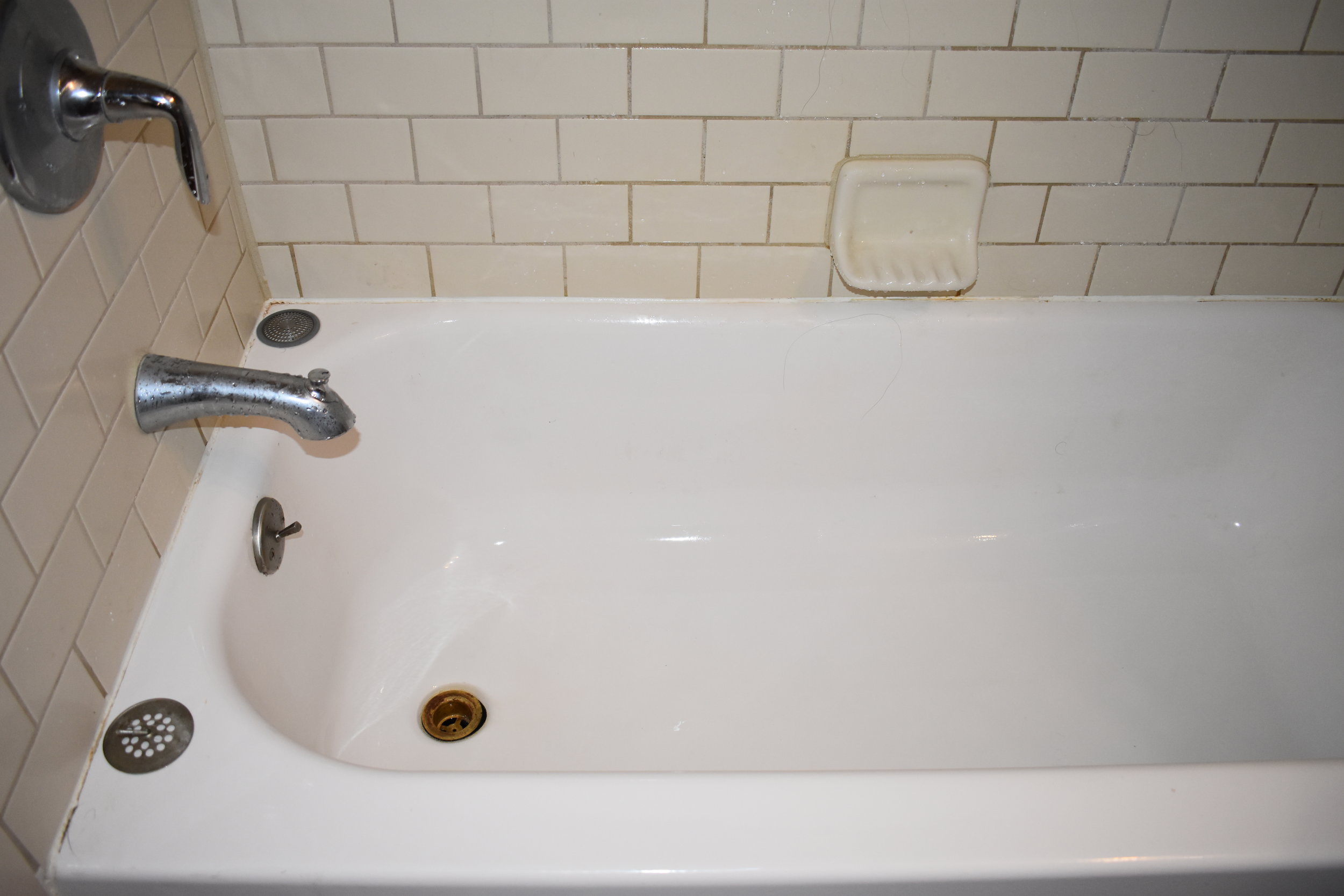Having just updated my review of Kooshoo Hair Ties, I felt it was time I wrote up a short post just about zero waste hair tie options.
Standard hair ties are nothing to write home about, they are incredibly disposable, they break all the time, and are almost always made with some mix of synthetic materials, which won't really ever break down and almost none are fair-trade.
I keep it pretty simple when it comes to doing my hair, a sock bun is about as advanced as I get. But when you keep it simple with your hair, hair ties tend to be your most trusted ally to keep your hair back in a bun, ponytail, or braid. So they weren't something I felt like I could really give up.
But there's hope! There are still several options for keeping your hair well-wrangled AND staying zero waste.
1. reduce and reuse
Ok, so before we go into what you can buy to be zero waste with your hair ties, we should talk about what you can do with the hair ties you already have.
Do your best not to loose them, and use them as much and as long as possible!
Since hair ties are cheap, those of us with long hair grew up thinking of them as a relatively disposable item. But they aren't! They last freaking forever, why do you think you see them all over the place on a city street? So treat them with more care and concern.
Also, once your hair tie reaches that inevitable point where it's so stretched out it's no longer actually useful as a hair tie, keep using it for other things. use it to keep wax wrap on jars, or to wrap electronic chords together, whatever you can think of!
2. Upcycle your clothes
I actually got this tip from my fellow biologists down here in St. Croix. They use pantyhose for another experiment having to do with corals (science is weird, yall), but they don't use the upper portion of the stockings, just the thiner material that would cover the legs. So they cut up the top portion, where the material is a bit thicker, and use the rounds as hair ties and to keep our data sheets from blowing off our clip boards in the wind. Us science people have our creative moments too!
I would imagine you could do this with any old pair of pantyhose, tights, leggings, or socks that have outlived their use and are ready to meet their maker!
After having used this method, I don't know if I'll go back to buying hair ties again. You can get so many out of just one piece of clothing, and if you treat them with care, they should last you!
Hair ties made from pantyhose!
3. Plastic Free Hair Ties
As I mentioned, I just updated my post on Kooshoo's hair ties, and in short - I'd call them a good buy! One package of 5 lasted my boyfriend (a proud purveyor of the man-bun) a year. And they never broke or snapped, we just lost them because:
My boyfriend set a few down somewhere and they were lost to time and space
They became stretched out enough that they fell off of my wrists without my notice, until it was too late
They are the only plastic-free, biodegradable, ethically made hair tie on the market (as far as I know at least!)
Here are the details:
Made of organic cotton (75% Organic Cotton, 25% Natural Rubber)
Ethically dyed, cut and sewn by family businesses in California.
Shipped in 100% Recycled and/or Biodegradable packaging
They are significantly more expensive than regular hair ties, but they are also last way longer, so the price difference isn't as drastic as it seems. However, since its under $20, I'd say it's fair to stretch the wallet for this one, given the plastic-free payoff.
4. HAIR PINS, HAIR STICKS, HAIR COMBS, PONYTAIL BARRETTE
One of my wonderful cousins who happens to be a carpenter actually made me a hair pin! And you bet that came package free! I'm still working on using it more regularly, but it was such a wonderful addition to my zero-waste hair collection!
However, I am not a regular user of any of these items. But if you are interested in trying some out I would recommend checking out Etsy for them - there are so many pretty options!
While I haven't tried any of these some of my favorites just from browsing are: these recycled copper hair pins, these wood hair sticks, and this hair cuff.
5. used hair ties, yes, used
I'm not going to lie, I've hesitate here. I saw Waste Rebel's post on this subject in 2017 and have been trying to work up the courage to pickup and use a hair tie off the street since.
I think I would need to have some sort of standard cleaning protocol for these, something that kills lice, perhaps. But I've yet to jump on it. When I do, I will 100% let you know.
But don't let my sometimes germaphobic tendencies dissuade you from giving it a go!
